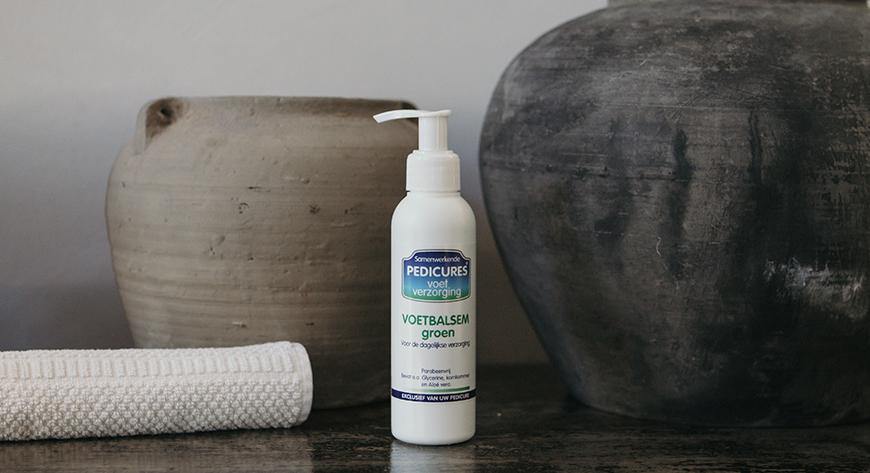
Ballerina Feet: what is it and how to treat it
April is a month of many special dates and ballet has a very special place for us at Imperial Feet, as we can help heal several common injuries in this beautiful but demanding discipline. Keep reading to learn more about this topic and how to regain relief with exclusive products and tips for the ballerina's feet.
International Dance Day is a global celebration of dance, created by the Dance Committee of the International Theatre Institute, the main partner for the performing arts of UNESCO. The event takes place every year on 29 April, which is the anniversary of the birth of Jean-Georges Noverre, the creator of modern ballet.
Imperial Feet understands the pressure on professionals' feet in this career, as they can suffer significantly. Ballet is a discipline that stands out for its energetic movements and extreme postures in which the feet play a major role. This puts a great deal of stress on the musculoskeletal structures and joints, which can lead to pain and even injury.

Dancers' feet: special care
The movements and positions involved in dance, especially classical dance, require the feet to be supported for a long time on their toes, and with the ankles very tense and extended.
The most common complaints of dancers' feet are repetitive sprains, muscle overloads, pain in the sole, bursitis, tendonitis, bunions and other deformities, ingrown toenails, joint wear, chafing, corns and blisters, among others.
It is therefore crucial that dancers, whether professional or amateur, take special care of their feet, including regular supervision by professional podiatrists. In parallel, there are some things they can do daily.
Decongest your feet after a class
- Wash your feet and dry them carefully.
- Alternate the temperature between hot and cold water.
- Apply Imperial Feet's Foot and Leg Gel and massage gently. It's perfect to relieve sensations of heaviness.
- Moisturize your feet with effective creams such as Imperial Feet's Foot Balm Blue or Foot Balm Green created with natural ingredients such as pine oil, rosemary, eucalyptus, aloe vera, ginseng, and others.
- Walk around the house barefoot for a while.
- Do ankle rotations, roll tennis balls, and wiggle your toes, for example, trying to grasp objects with them.
To relieve foot pain
Prepare a bath with hot water for 20 minutes. Then massage with Imperial Feet's Magnesium Oil to make your feet and legs feel fully revitalized.
To exfoliate the skin
Soak feet for a while in warm water. Eliminate dead skin using naturally sourced ingredients such as orchid and jasmine contained in our Imperial Feet's Foot and Leg Scrub. Gently dry and moisturize with an enriched cream such as Urea Foot Balm perfect for cracked heels and hard skin.
To stimulate circulation and venous return
- It is also important to take care of circulation and the best way is to invert the lower extremities, i.e. put your feet up. This helps to drain the bloodstream naturally.
- Elevate your feet and make circular movements with your ankles and spread your toes as far apart as possible for a few at a time.
- Move your feet to stretch your calves.
Regardless of the care that we can give to our feet at home, it is important to have a biomechanical study in which we analyze how the footprint is made and the type of support in different activities such as walking, running, or jumping. In this way, observing the particular characteristics of each person, it is possible to predict the possible problems that the dancer will develop and thus try to prevent them.
Dancers' feet also require regular chiropody sessions to prevent calluses and corns from forming, control nail growth, and take care of the skin in the area to keep the foot in good condition.
We hope our tips are useful and remember to love your feet and feel imperial. And in April remember: "Why walk when you can dance?" - Ellen Van Dam.
See you in our next blog post!











